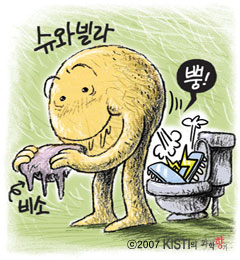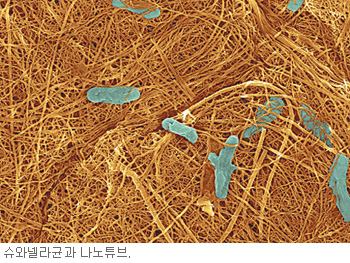Research topics are as follows,
- The main research interests are microbe-mineral interactions and the fate of different organic and inorganic pollutants in the environment. This research area focuses the precipitation and characterization of metals and minerals by Fe(III)-reducing microorganisms, and the consequences of these mineral transformations for the fate of pollutants in the environment as well as the roles in biogeochemical cyclings of the elements and their contributions in microbial ecology.
- One of the important processes of those microbial contributions to geochemistry is the microbial respiring metal ions. There are also numerous unknown mechanisms in terms of molecular biology. It has been reported that Shewanella can respire As(V), U(VI), etc. where many of their mechanisms are still in unclarified.
- The byproducts from the activities of the microbes could suggest potentials for synthesis of biological metal nanomaterials (metal sulfides, iron oxides, iron carbonates, arsenic sulfide, etc.) with applicable aspects (eg. semiconductor, carrier for magnetic drug delivery, building blocks for nanoelectronics, etc.).
Fig. 1. 슈와넬라는 폐수를 정화하며, 전기를 만들고, 반도체까지 만들 수 있다.
(2007. KISTI의 과학향기에서 발췌.)
Fig. 2. The bacterium Shewanella has the totally adorable ability to spin nanotubes out of arsenic and thiosulfate, apparently using bristly sugar molecules as a template, according to a report in a recent issue of Proceedings of the National Academy of Sciences USA.

